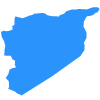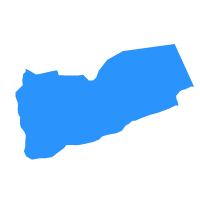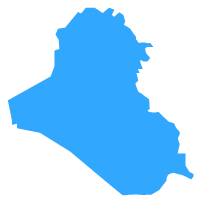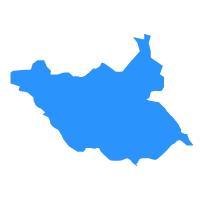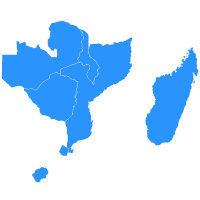Loading...
Saving Lives in Emergencies
read more
WFP staff deployed in most acute emergencies (levels 2 and 3) in 2016
Countries where staff were deployed in emergencies
Level 2 emergencies require regional WFP resources to be mobilized.
Level 3 emergencies require global resources.
As we look to the future, we continue to capitalize on our strengths. In 2016, feeding hungry people in emergencies remained the core of WFP’s engagement.
Even with record funding, overlapping crises – conflict, drought, and record numbers of refugees and displaced people – meant we had our work cut out.
In some of the world’s most insecure places, we saved life after life. But with global challenges continuing at this level, resources will need to be vastly increased and diversified for WFP to go on delivering.
